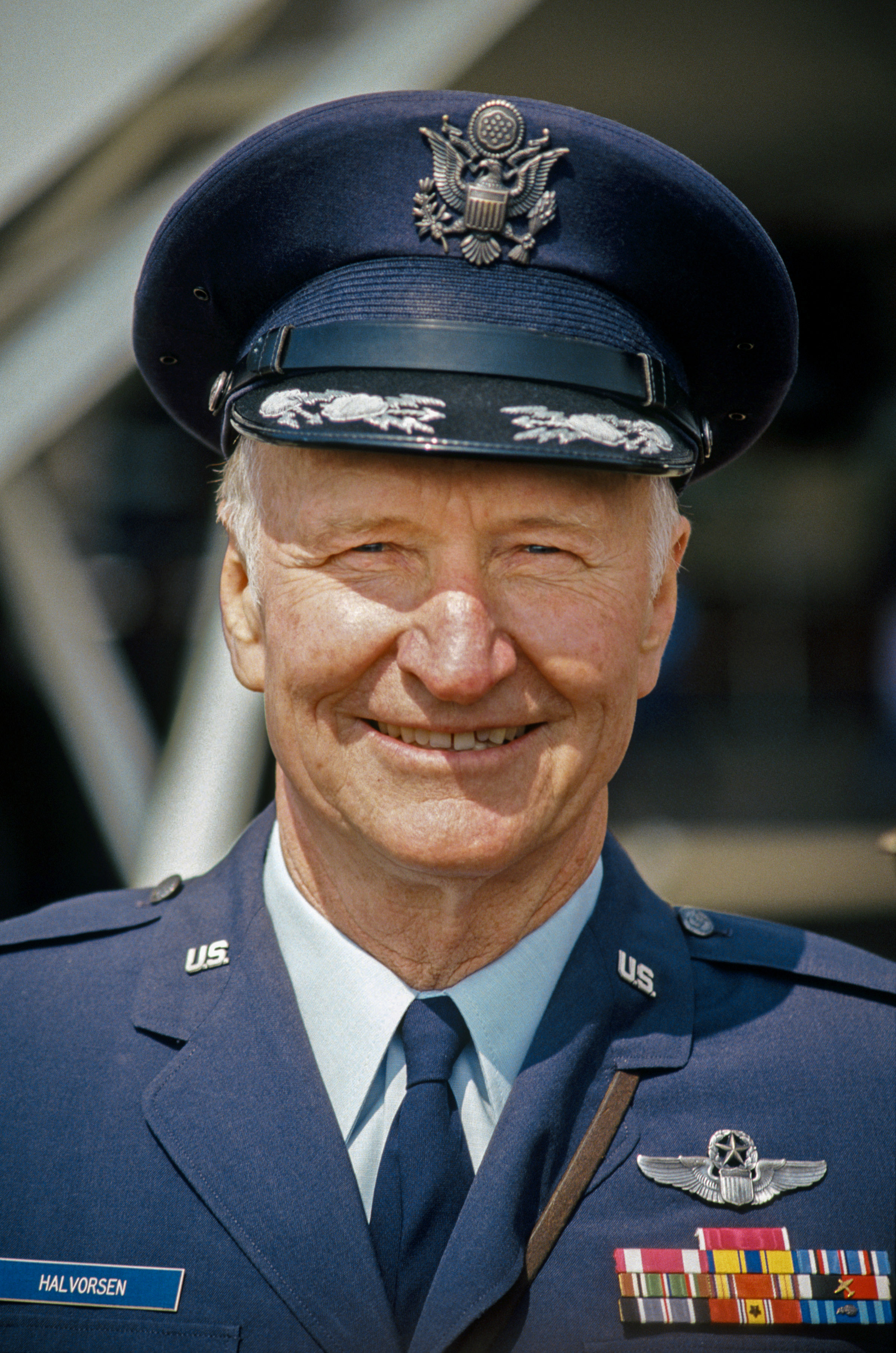I hope you watched the movie "Meet the
Mormons." We saw it twice! It was wonderful! Since it's Veterans Day, I wanted to highlight more about the Candy
Bomber, one of the Mormons in the film.
He is such an interesting man, and has done so much for our country.
Gail Halvorsen was born in Salt Lake City in 1920. He grew up on farms in
Salt Lake and in Idaho and learned how to work hard. He was always a devout Mormon and learned how
to be a Christian from his family and church teachers.
As World War 2 was shaping up, Gail was learning how to
pilot aircraft in a small program called the Civilian Pilot Training
Program. After passing the course, he
enlisted in the Air Force. He flew
missions during the war.
When the war ended, Germany was divided into sections. Russia claimed half and the rest was divided
up among the Allies (United States, Britain and France.) Due to an agreement made before the war
ended, the city of Berlin was also divided up similarly, even though Berlin was
deep in the heart of Russia's section.
Russia ruled it's sections harshly with Communism and the others were democratically
governed due to their Allied hosts. The
Germans in the Communist sections began to leave, moving to the free
areas. This began to cause friction
between the Russians and the Allies because Stalin didn't want his people to
leave. So he started a blockade, which
became the beginning of the 'Cold war.'
Stalin blocked all railways and roads into the free part of
Berlin. Food became scarce and the
Berlin people began to suffer. Electricity
was cut off to the city except for a few short hours in the day. News reports to the people gave the idea that
these sanctions were the fault of the British, Americans and French Allies to
encourage the people to want Communist rule. Stalin offered to stop the
blockade if Allies would bow to their numerous demands.
The one thing the Communists didn't stop were the airplanes
flying into West Berlin. How can you
block the sky? If Stalin ordered attacks
on the airplanes, it would start another world war. The Allies began bringing food into the city
by cargo airplanes. They didn't use fighter
planes so that they could not be seen as an aggressor. To feed the city, they needed to bring in
5000 tons of food and supplies daily! The
Allies added planes to the fleet and tonnage to their cargoes and stayed busy
bringing food to the people of West Berlin.
Gail was assigned to pilot flights loaded with these
supplies into Berlin. As you see in the
movie, he saw how grateful the children were to get the food and saw how
carefully they shared the little bit of gum he gave them through the fence at
the landing field. He wanted to help
them more.
Listening to the Spirit, he decided he'd put handkerchief
parachutes onto his candy rations and drop them to the children the next day
when he made his daily delivery. He told
the kids about his plan and that they could tell it was his airplane because
he'd 'wiggle' his wings up and down. He
talked his buddies out of their candy and the idea spread. The children loved the candy and looked
forward to the drops daily from Gail, who they dubbed 'Uncle Wiggly
Wings.'
Gail's actions could have gotten him in terrible trouble
with the Air Corps. But fortunately, his
commanding officer saw the good it did and let him alone. It was good for public relations and went
against the propaganda that was everywhere about how it was the Allies fault
that Berliners were hungry.
A reporter saw this and wrote about it in America and
Britain. Children from these countries
wrote letters to Gail and enclosed their candy to give to the children. Later candy companies donated tons of candy
to add to the effort. Soon many pilots
were dropping food and goodies to West Berlin children. 'Operation Little Vittles' became well
accepted and even supported by the Air Corps and gave families hope and helped
them feel encouraged through this food blockade.
In time over 23 tons of candy was dropped to the children of
West Berlin by Uncle Wiggly Wings and his cohorts. Almost a year later, Communists lifted the
blockade and food became more plentiful again.
Citizens of West Berlin were grateful to Gail and honored him by naming
2 schools in his honor. The government
also awarded Gail the highest award given.
In America, the new generation of large transport airplanes were named
in his honor.
I honor Gail for his service during the war, but especially
because he acted on an impression to do something above and beyond his job to
help. It was such a great idea that it
caught hold and gave hope to a whole city.
He's a great example of one who followed the Savior's example of love
and service, even when it might get him in trouble in his profession.
Sources:
"Meet the Mormons" movie, 2014. Church of Jesus Christ of Latter-day Saints.
Spencer Johnson, general war information.
Wikipedia, "Gail Halvorsen." 22 Oct 2014, http://en.wikipedia.org/wiki/Gail_Halvorsen
Wikipedia. "Berlin Blockade." 7 November 2014, http://en.wikipedia.org/wiki/Berlin_Blockade

















